The number of vehicles falling victim to potholes on the UK’s roads fell significantly between April and June this year, according to the latest analysis of RAC breakdown statistics.
In the second quarter of 2019 RAC patrols attended 2,149 call-outs for damaged shock absorbers, broken suspension springs and distorted wheels – faults most likely attributable to poor road surfaces – down from 3,276 similar breakdowns recorded in the first three months of the year.
This equated to 1.1% of all RAC breakdowns which is the lowest percentage share of pothole-related call-outs seen in the second three months of the year since 2016, which saw the same percentage.
It is also a significant drop compared to the first three months of the year when the percentage share of this type of breakdown stood at 1.5%. The highest ever quarterly pothole-related call-out share of all RAC breakdowns was recorded in the first quarter of 2015 at 2.6%.
However, the reduction in the number of this type of breakdown is even more significant when looking at the 12 month-period to the end of June. Over this time there were 8,885 pothole-related call-outs which is the lowest figure for any 12-month period since the third quarter of 2007 when there were 8,401 of these breakdowns.
The RAC’s most accurate long-term indicator of the health of the UK’s roads is the RAC Pothole Index which also takes into consideration the occurrence rate of pothole-related breakdowns alongside quarterly weather statistics and improving longer-term vehicle reliability.
The all-time high point for the RAC Pothole Index was 3.5 in Q1 2010 which meant motorists were 3.5 times more likely to breakdown due hitting a pothole than they were in 2006 when the data was first analysed in this way.
As of the end of June 2019 (Q2) the index stands at 2.05 which indicates drivers are still twice as likely to suffer a pothole breakdown issue than they were in 2006. The index has reduced every quarter over the last year when a figure of 2.67 was recorded (Q2 2018).
RAC Breakdown spokesperson Simon Williams said: “The number of pothole-related breakdowns RAC patrols are dealing with every day has undoubtedly fallen in the last three months compared to the same period last year, continuing the downward trend seen over the last 12 months.
“This is without question good news for all UK drivers as it suggests that our roads are gradually improving. The Government has made more money available to local councils to carry out much-needed road maintenance and it appears this is making the difference as fewer RAC members are experiencing damage to their vehicles than they did just a year ago.
“It is, however, very important to note that we had a very mild winter compared with 2018. The benign winter coupled with the maintenance work that has taken place hopefully puts us in a better position than we have been in for several years. The true test will, of course, be how well our roads cope with our next bout of harsh winter weather.
“While many repairs have been carried out it is still important that a long-term approach to local road maintenance is taken. This is something the Transport Select Committee recently recognised in its report on local roads funding and governance and they concluded that a new approach is needed.
“We would like to see a five-year investment plan put in place which recognises local roads as a significant part of our national infrastructure and encourages pothole prevention as well as reactive maintenance. Ring-fenced funding is required and could easily be achieved if just 2p of the existing 58p fuel duty charged on every litre of petrol or diesel sold was set aside as additional funding. Over five years this would generate nearly £5bn of additional funds – that’s half the amount the Asphalt Industry Alliance estimate is required to bring roads in England and Wales back to a fit-for-purpose state.”






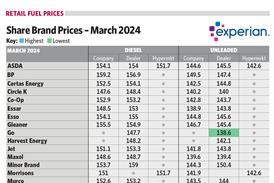
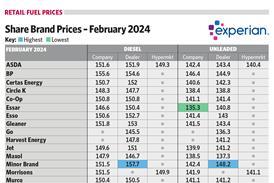



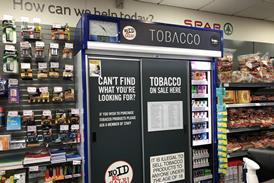

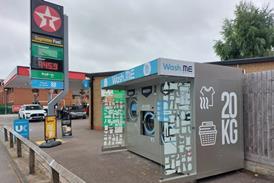


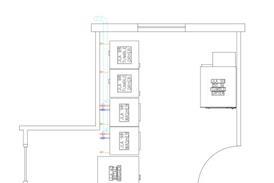



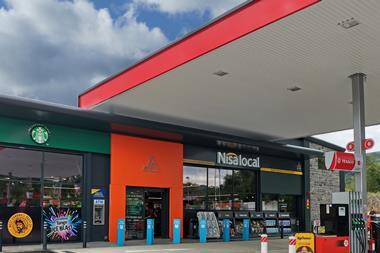
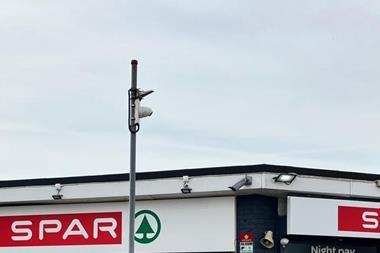




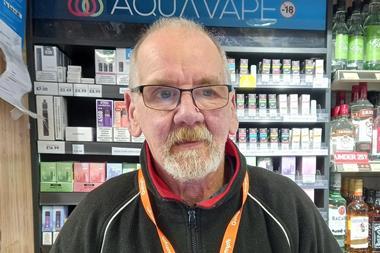
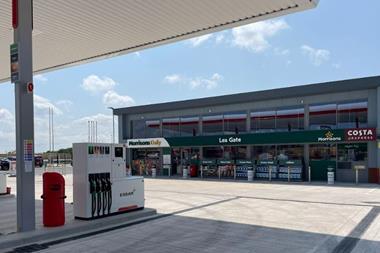




No comments yet